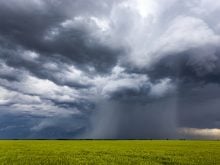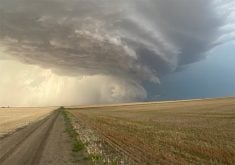Over the years, the idea of trying to control the weather has fascinated both scientists and the public alike. The reality of weather modification is both interesting and complex. While some methods have been proven effective in limited ways, the notion of large-scale control over the climate remains far beyond our capability. Cloud seeding, the most commonly used form of weather modification, has been employed for decades to enhance rainfall in drought-stricken regions. By dispersing silver iodide or other particles into clouds, scientists can encourage the formation of raindrops or snowflakes. This technique has been used in the United States, China, Russia, and the United Arab Emirates to improve water supply and manage agricultural conditions. Studies indicate that cloud seeding can increase precipitation by five to fifteen percent, though the effectiveness depends on atmospheric conditions.
Other weather modification methods have been explored with varying degrees of success. Some programs aim to reduce hail damage by encouraging smaller ice crystals to form instead of large hailstones. Airports have used fog dispersal techniques to improve visibility, particularly in areas where thick fog can disrupt air traffic. More ambitious attempts, such as efforts to weaken hurricanes through cloud seeding in the 1960s and 1970s, have largely failed, demonstrating that manipulating large-scale weather systems remains tough.
While modifying weather for beneficial purposes is widely accepted, the idea of using it as a weapon is far more controversial. One of the most frequently cited subjects in weather warfare theories is the High-Frequency Active Auroral Research Program (HAARP), a research facility in Alaska that studies the ionosphere. Some theorists claim HAARP can control the weather, steering hurricanes, or even causing earthquakes. All I can say about this is if the Americans can control the weather using HAARP, why do they keep getting hit by hurricanes and have other weather disasters like the California fires?
Read Also

Short rapeseed crop may put China in a bind
Industry thinks China’s rapeseed crop is way smaller than the official government estimate. The country’s canola imports will also be down, so there will be a lot of unmet demand.
Another common theory is the belief in “chemtrails,” the idea that aircraft contrails, which are the visible streaks left behind by jet engine under certain atmospheric conditions, are deliberate chemical releases used for weather control or population control. In reality, contrails are composed of water vapor and exhaust particles, forming naturally when hot engine exhaust meets cold air. Depending on the stability of the atmosphere the jet is moving through will determine if the contrails are short lived, or last a while, even spreading out over time.
Daniel Bezte is a teacher by profession with a BA in geography, specializing in climatology, from the University of Winnipeg.He operates a computerized weather station near Birds Hill Park, Man. Contact him at dmgbezte@gmail.com.
















